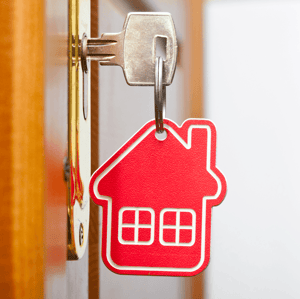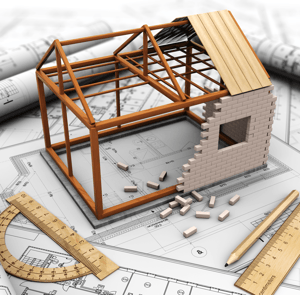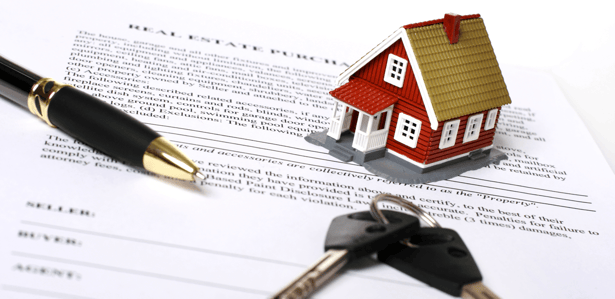Many home buyers are surprised to learn that the mortgage for a new construction home can be different from a mortgage on a resale home. The differences are subtle, but they’re different enough that some mortgage lenders don’t even offer loans for new homes.
Why the differences? A traditional mortgage uses the home as collateral. If the buyer defaults on the loan, the bank can repossess the home and sell it to recoup their losses. With new construction, though, there might not be a home to repossess. If the deal falls through before the home is finished, the lender is stuck with an empty lot of land. Clearly, lending for a new construction home is riskier.
The two primary types of mortgages you can get when you buy a brand-new home are completion and draw mortgage. Each has its own advantages and disadvantages, so learn more to decide which type might be right for you.
 Completion Mortgages
Completion Mortgages
Completion mortgages are quite similar to traditional mortgages. You take on the entire mortgage when you take possession of the home. This means that the builder is using their own money to purchase the materials for the home and pay the workers. This type of mortgage can be risky for the builder: You get to design the home to your specifications, but if the mortgage falls through at the last minute, the builder has a home they might not be able to sell. Because of this, completion mortgages can be hard to find.
Benefits of Completion Mortgages
It takes about a year to build a home, and if you’re able to get a completion mortgage, you won’t have to start making payments on that mortgage until you take possession of the home. This means that you probably won’t have to handle multiple mortgage payments at the same time. Completion mortgages are also straightforward. The bank pays the builder a lump sum when you close on the mortgage.
 Drawbacks to Completion Mortgages
Drawbacks to Completion Mortgages
You don’t take on a completion mortgage until the home is finished. If your financial situation changes in between the time you sign the purchase agreement and the time you take possession of the home, you might lose your funding. This naturally can cause all sorts of problems.
Draw Mortgages
With a draw mortgage, the builder is able to “draw’ on the mortgage at various stages of the home build. For instance, they typically take out a portion of the mortgage at the start of the build to pay for the materials. They take another draw about one-half or two-thirds of the way through the build. Finally, the builder receives the remaining portion of the mortgage when you close on the home. The buyer has to start making payments as the builder draws on the mortgage.
Benefits of Draw Mortgages
Draw mortgages can be a “safer” option for both builders and buyers. Buyers know that the bank has approved their mortgage, and the details are set. Builders don’t have to front the money for materials and labour costs, so they aren’t worried about funding.
Drawbacks to Draw Mortgages
The biggest downside to a draw mortgage is that you have to start making payments on the portions of the mortgage that have been given to the builder. For most people, this means that you’re making mortgage payments on a home that you’re not living in yet, usually in addition to another mortgage or a rent payment.
Additionally, not all mortgage lenders offer this type of mortgage. This limits your options. Many builders have preferred lenders that they know will offer funding to people who want to build new homes. Using these lenders is usually a smart choice because the preferred lenders will have the money ready at each stage of the draw. Inexperienced lenders might slow down the process.
Do You Have a Choice?
One of these types of mortgages probably sounds more attractive to you, but you don’t always have that choice. Many builders only accept one or the other, and if you’re committed to working with a particular builder, you may simply have to take out the kind of mortgage they prefer. As you compare different builders, be sure to ask about how their mortgages work. If you have a strong preference for one of these mortgage types, you may want to factor that into your decision.
Whether you’re buying your first home or are upgrading to something that better fits your needs, it’s important to fully understand how your mortgage works. Don’t be afraid to ask your lender any questions you might have about the process.




